Meal Prep 101 For Beginners
How To Meal Prep : The Perfect 3 Ingredient Meal Prep Template to Get You Started Are you just getting started with Meal Prep but need help with meal prep ideas? One of the most …
Browsing Category
Our Ultimate Meal Prep Resources are here to help you eat better and succeed at your health and wellness goals. Don't start meal prepping until you read these articles.

How To Meal Prep : The Perfect 3 Ingredient Meal Prep Template to Get You Started Are you just getting started with Meal Prep but need help with meal prep ideas? One of the most …

Eating healthy is easy. You’ve got personal trainers’ websites, scientific studies, health articles—all for FREE. With the information on the internet, you can lose the weight without even lifting a dollar from your pocket. Eating …
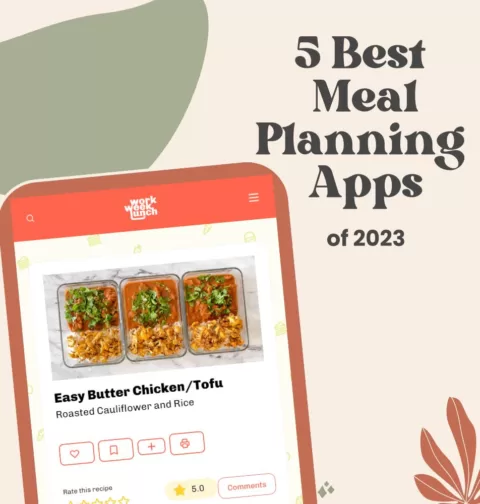
Whether you’re trying to plan meals for your family or stick to your health goals, these meal planning apps take a ton of work off your plate. Meal planning offers numerous benefits, such as enhancing …

#DietCulture... heard of it? It is not surprising that we live in a culture of dieting. Our grocery store magazine racks are filled with cover stories that inform us of the latest dieting technique and …

Collagen protein... It's the hottest trend in supplementation right now because of it's amazing health benefits. It contains an incredible amount of protein, helps with weight loss, aids in digestion improves your joints and bones and also …
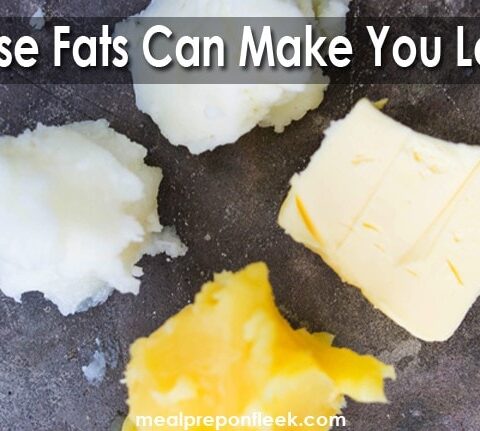
Don't Fear The Fat. The Right Healthy Fats Can Make You Lean What was once a feared food should now be at the top of your 'to eat list.' Fat is an essential component in …

MCT Oil. What It Is and How To Use It. We recently talked about healthy fats and which are best for you. But, there has been a lot of talk around MCT Oil lately. Why? …

25 Air Fryer Recipes That Will Change The Way You Meal Prep Do you want to change your meal prep game? We don't mean taste wise, we mean time wise!! Then you need to check out …
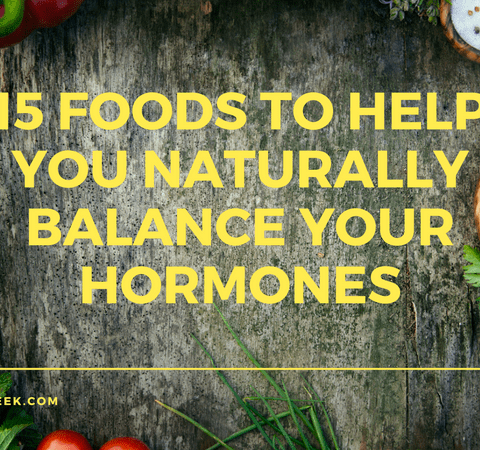
How to Naturally Balance Your Hormones Hormones are essential chemicals in your overall health. Lately, I have been seeing more and more signs of hormone imbalances in my clients. Some of the signs/complaints include the …
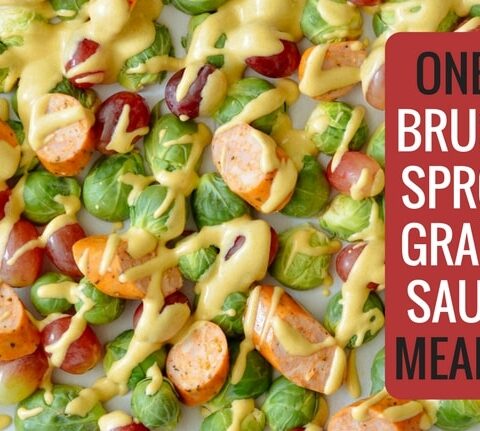
This quick One Pan Roasted Brussels Sprouts, Grape & Sausage Meal Prep recipe is made with lean sausages, fresh brussels sprouts, and sweet, crisp grapes. Finished off with a truffle dijon dressing for a fast meal. Gluten Free. Paleo. Whole30.

Want to learn how to make cauliflower rice for meal prep? This inventive use of a veggie isn't going anywhere and it makes for a keto and paleo rice sub. Cauliflower rice is one of …
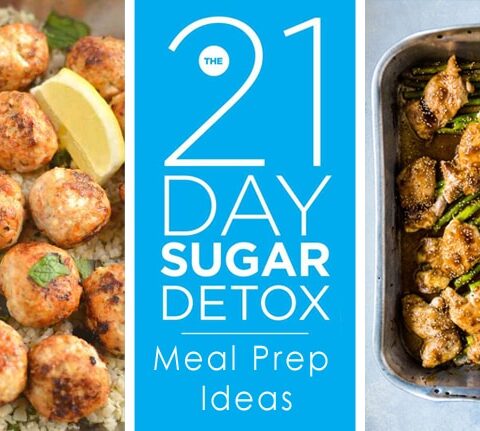
If you are following “The 21-Day Sugar Detox” or any other sugar or grains reducing plan, one of the challenges is finding recipes that are meal prep friendly. Well, we have some great news for …

Intermittent Fasting 101 - What You Need To Know Intermittent Fasting is getting to be all the buzz these days. Have you heard of it? IF (Intermittent Fasting) is a weight loss technique that runs …
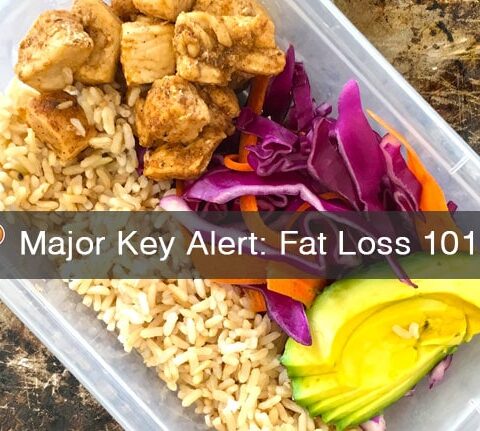
This Fat Loss 101 Guide will make you shed a tear of joy. Bookmark this page as a quick and easy reference guide. It seems like almost everyone you run into now a days is …
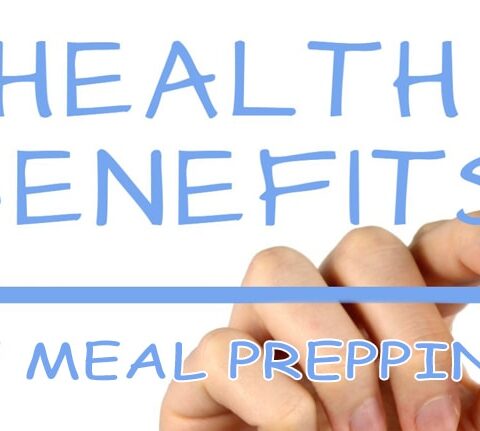
Monday: Baked chicken breast with broccoli and brown rice. Tuesday: Kabobs with steak, shrimp, red and green peppers, and mushrooms on the grill along with a fresh garden salad. Wednesday: A sub sandwich laden with …
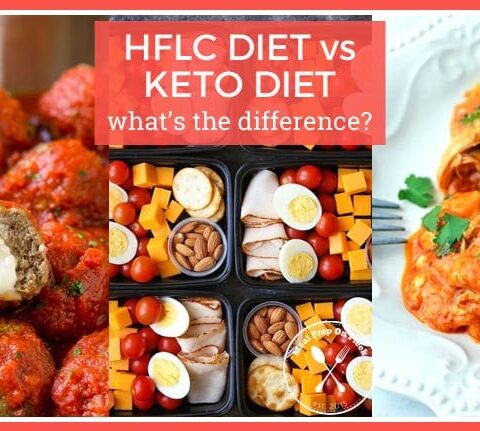
High Fat Low Carb (HFLC) Diet vs. Keto Diet -What's The Difference Most of us have heard of a High Fat Low Carb (HFLC) diet and its effects and benefits in losing weight, but less …
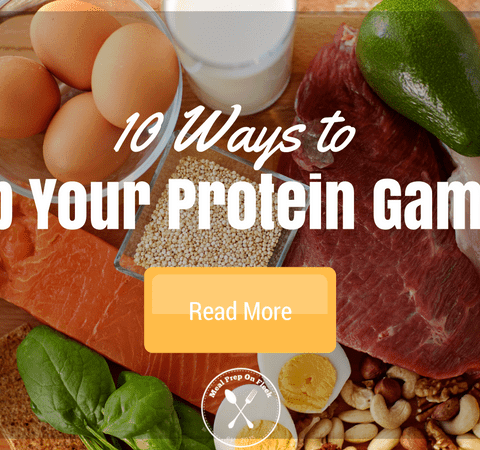
How to Easily Get More Protein in Your Diet These days, everyone wants to get fit. Both young and old alike are more active and more aggressive in achieving their ideal figure. Whether it is …

12 Essential Pantry Swaps For Healthier Meal Prepping Essential Pantry swaps lists are popular today and we wanted to weigh in on our best ideas for healthful swapping. As you meal prep, We're sure you …

Thank you to The Kansas Beef Council for sponsoring The Ultimate Guide To Affordable Beef Recipes post, and thank YOU for supporting the brands that help make Meal Prep On Fleek possible. All opinions are …
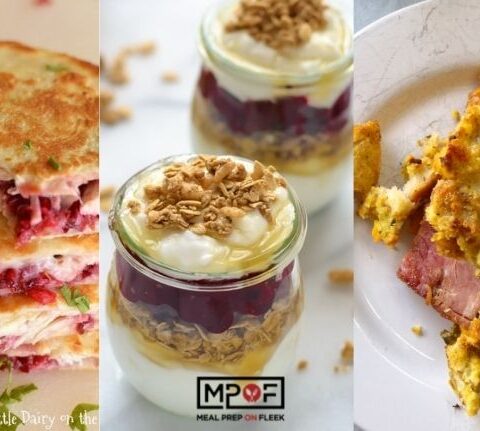
Healthy Recipes To Make With Your Thanksgiving Leftovers Thanksgiving is one of the biggest food holidays of the year! From fresh sliced turkey (or ham) to mashed potatoes, cranberry sauce, carrots, stuffing, gravy and all …
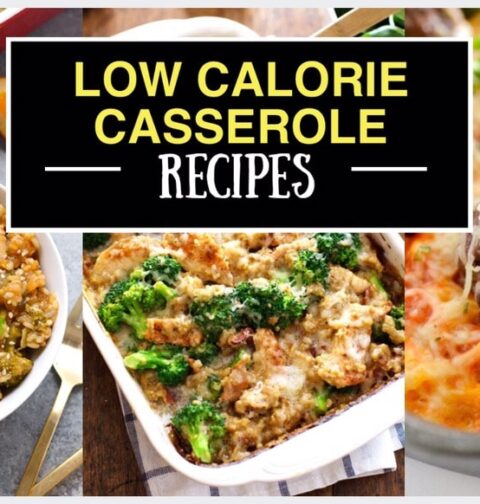
Aren't Low-Calorie Casserole Recipes the BEST?! Bake up a big and healthy low calorie casserole this Sunday that is packed with flavor, but won't hurt your waistline! From Deep Dish Pizza Casseroles to Paleo Blackberry …
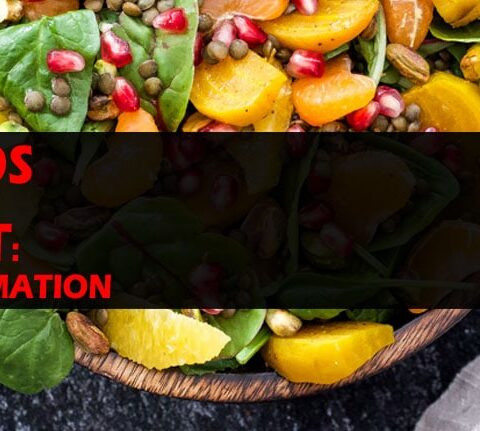
The Best Anti-Inflammatory Foods Feeling aches and pains lately? Redness on your skin? Feel extra tired? Are you overweight? Do you suffer from allergies? If so, you need to know more about these Foods that …

The Ultimate List Of Kitchen Tools For Easy Meal Prepping It might be a small step at first: You decide you want to figure out your macros and then work on creating just one or two …
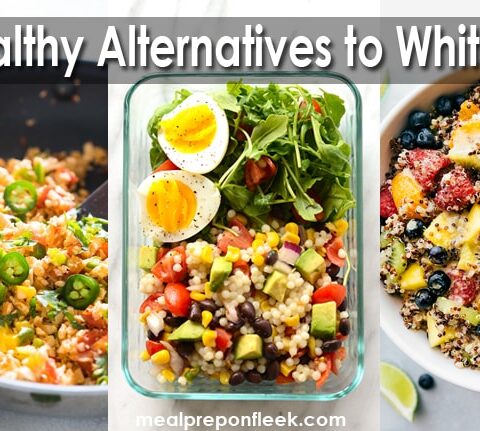
White Rice Swaps White rice is a cheap and easy starch many people choose to meal prep with, but there are healthier alternatives to white rice out there, and they could really transform your meals! …

10 Mistakes Most People Make When Using Their Instant Pot Have you heard? Instant Pots are all the rage for a few years now! If you were lucky enough to have been gifted with one or …